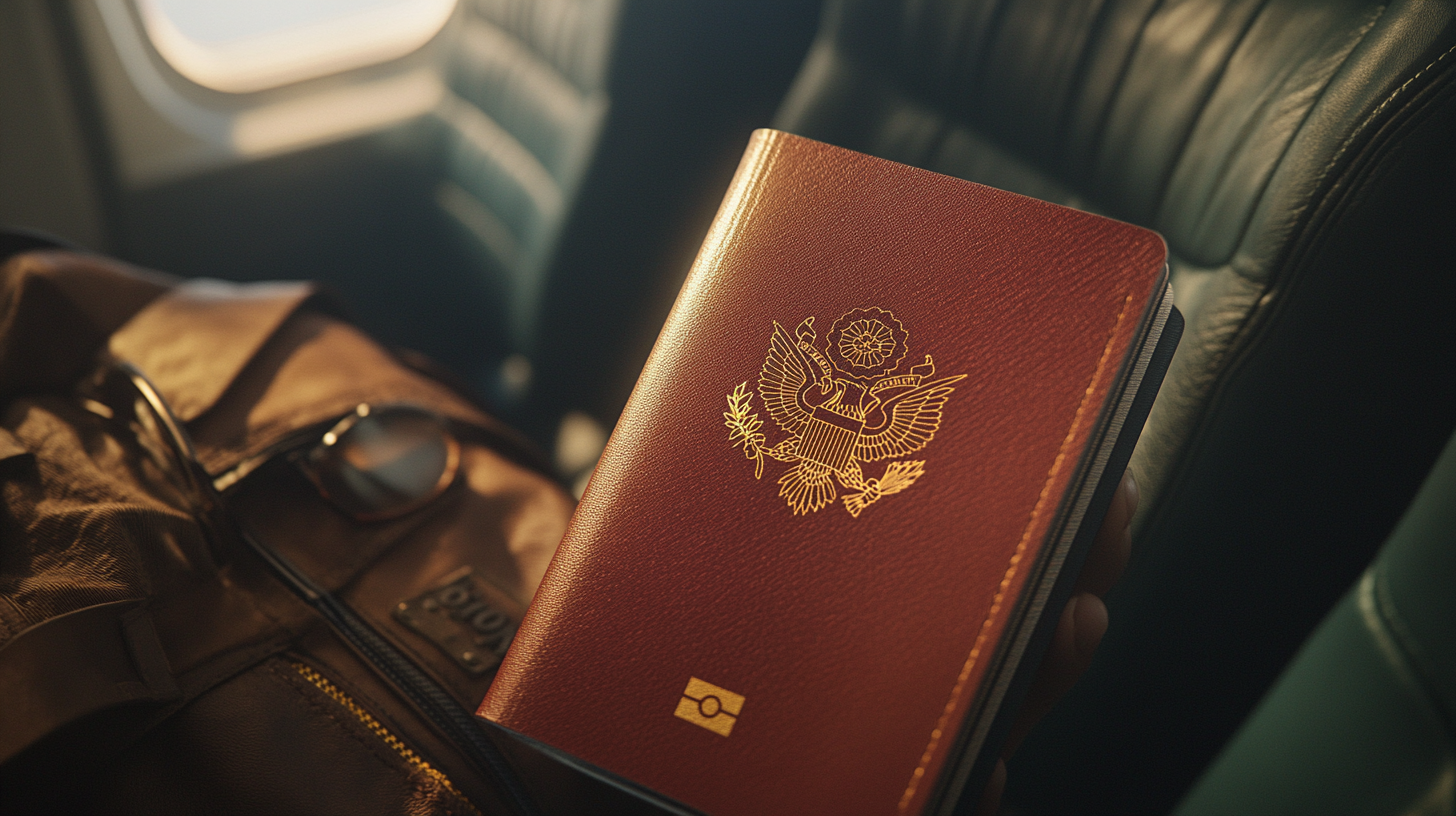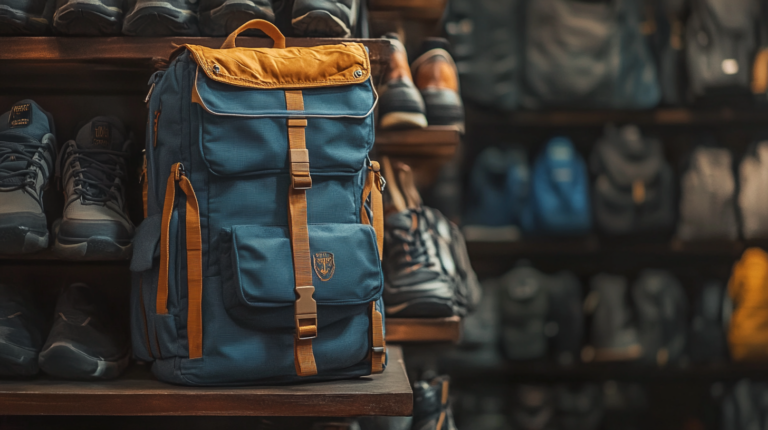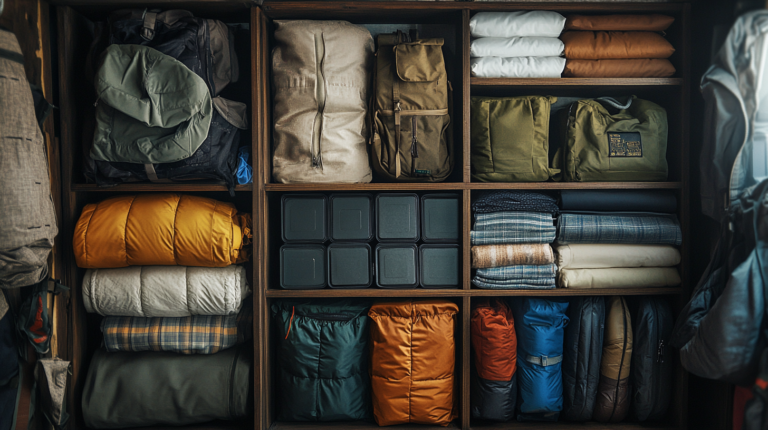Frequent Flyers’ Guide to Canadian Passport Rules
I’ve learned that whenever I head north, there’s this universal question lingering in every traveler’s mind: “Do I really need a passport?” Even though Canada and the United States share one of the friendliest borders around, the official rules can surprise you. If you’re aiming to check out the latest foodie hotspot in Montreal, explore the Rocky Mountains in Alberta, or simply crave a warmer cup of coffee during a layover in Vancouver, it helps to get all your documents in order. Let’s tackle the core passport essentials you’ll need, so you don’t end up stuck in a line, wishing for a faster way to your final destination.
Who Needs a Passport for Canada?
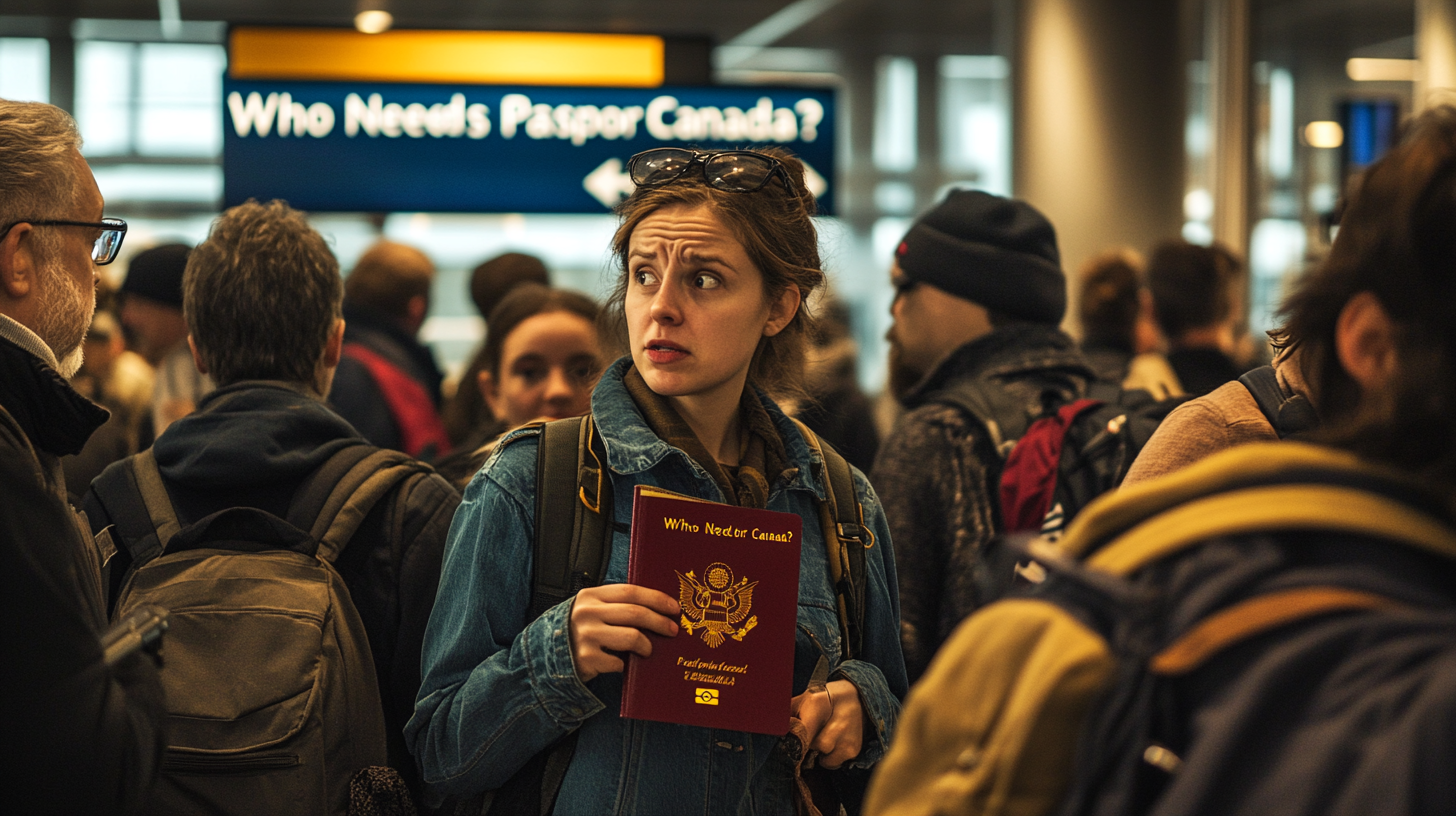
In my own travels, I’ve seen families pile out of minivans at the border crossing, confidently brandishing everything from passport books to random IDs. But according to the U.S. Department of State, any time a U.S. citizen crosses into Canada—by land, sea, or air—they’re required to show proof of both citizenship and identity. Now, that proof could be a traditional passport book or a few accepted alternatives, depending on how you plan to travel. For instance, my friends who like to drive up to British Columbia for weekend getaways sometimes use Enhanced Driver’s Licenses, which can suffice at land border crossings.
That said, Canadian authorities do expect a certain level of validity. A recent report from the Government of Canada suggests that over 25% of travelers each year are held for additional questioning or paperwork simply because their documents aren’t up to date. While you won’t need a Canadian passport as a U.S. citizen, you do need to ensure your U.S. passport—or other document—is valid for your entire stay. If you’re a dual citizen of the U.S. and Canada, prepare to show additional proofs when sticking around for more than just a vacation. I’ve noticed that dual citizens often carry multiple IDs just in case. It’s a small price for a smooth entry.
If you’re looking to breeze through customs, it’s smart to double-check everything well before your trip. Make sure your passport isn’t about to expire, especially if you’re planning any spontaneous side trips. And don’t underestimate the role of minor documentation; I once witnessed an entire family delayed at the border because their child’s papers were incomplete. Even the littlest travelers need the right ID—or parental consent letters—if they’re crossing without both parents.
The Air Travel Essentials

Let’s talk air travel, the heart of every frequent flyer’s routine. If you’re flying into Canada, there’s just no other way around it: you need a traditional passport book in hand. Airlines usually won’t let you board if you don’t have one. In all my years of traveling, I’ve seen folks show up with just a driver’s license or a birth certificate, only to be turned away. If you want to save yourself from airport heartbreak, keep your passport updated and double-check its expiration date months ahead of your departure.
According to industry data compiled in 2024, processing times for new passport books can spike to as many as 10 to 12 weeks during peak travel seasons. So if your travel schedule is jam-packed, expedited service might be the best route. Personally, I’ve had moments of panic over a soon-to-expire passport right before a dream trip. Paying extra for expedited processing was well worth it to keep my seat on that flight.
Another tip: always be mindful of your passport’s condition. A few years back, I noticed a slight tear on my photo page after shoving it hastily into my luggage. Border agents and airline staff may turn you away if they suspect any tampering or damage. So treat that booklet like gold, because at 33,000 feet, it’s your official ticket to cross international lines without a hitch!
Alternatives for Land and Sea Crossings

Road trips to Winnipeg or cruises docking in Halifax bring their own brand of excitement—and their own document rules. Under the Western Hemisphere Travel Initiative introduced back in 2009, there are a few official IDs that’ll let you hop over the Canadian border by land or sea. Options like a passport card, an Enhanced Driver’s License (available in certain U.S. states), or a NEXUS card can keep the lines shorter and the process smoother.
I’ve watched travelers breeze past the waiting crowd just by flashing their NEXUS card. It’s part of a binational program between the U.S. and Canada designed for frequent flyers and drivers willing to undergo a background check. Once approved, you can access special lanes and dedicated kiosks, cutting down your wait by a significant margin. According to a border control survey in 2023, NEXUS members reported saving an average of 30 minutes per crossing during peak times.
Of course, these alternative IDs won’t help you if you suddenly crave a flight instead of a scenic drive. They aren’t permitted for air travel unless you’re in the dedicated NEXUS lane at certain airports. Also remember that each traveler in your group, including the kids, needs their own valid documentation. I’ve seen more than one vacation held up by a missing child’s passport card or incomplete parental permission forms.
Other Important Details
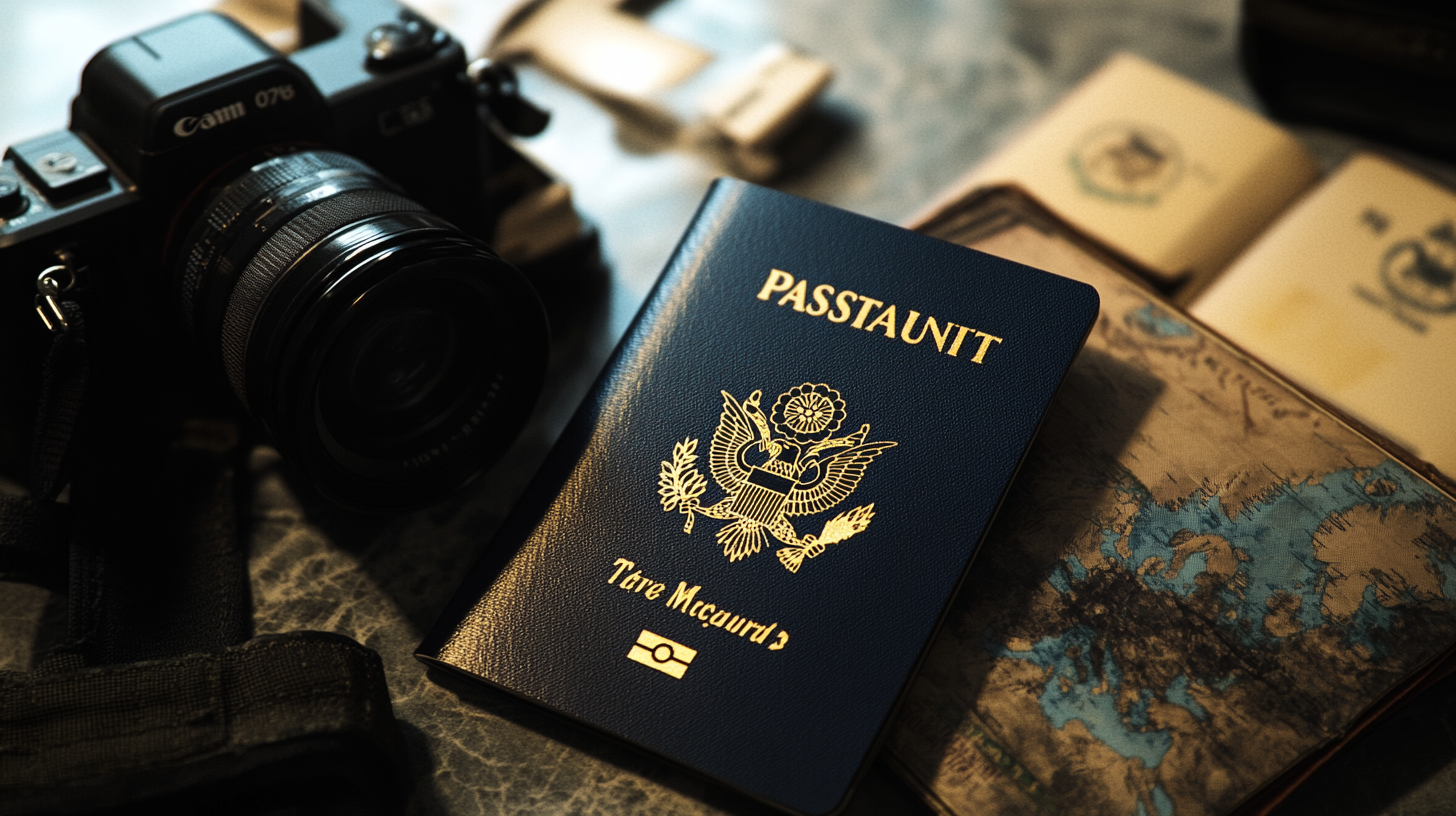
Now, if you’re planning to lounge in the Great White North for fewer than 180 days, then you generally don’t need a Canadian visa—just one blank passport page if you’re sticking with the traditional book. However, for extended stays, you’ll likely need a Visitor Record. I discovered this the hard way a couple of years ago when I decided to extend my ski trip near Banff and realized I needed the right paperwork to keep enjoying my slopeside Wi-Fi. Always check the latest guidelines on official government websites before you travel.
For anyone with a U.S. “Green Card,” make sure it’s valid and on you at all times. Canadian border agents usually request it alongside your passport when you arrive. Banking and payment methods can also differ. Many places up north rely heavily on Chip & PIN transactions. I’ve had my card declined more than once when I couldn’t remember my PIN. Double-check your card’s service fees too; international transaction charges can add a surprising dent to your budget if you’re not prepared.
I’d also recommend looking into travel insurance, especially if you’re planning any winter sports or cross-country adventures. A study from the Conference Board of Canada forecasts that over 60% of American visitors engage in at least one outdoor activity while in Canada, increasing the potential need for medical coverage. Most U.S. policies don’t automatically extend north of the border. And if you need a new passport photo before your trip, modern services like Passport Photo Online or local photo shops can simplify the process in a pinch.
The Bottom Line for Frequent Flyers
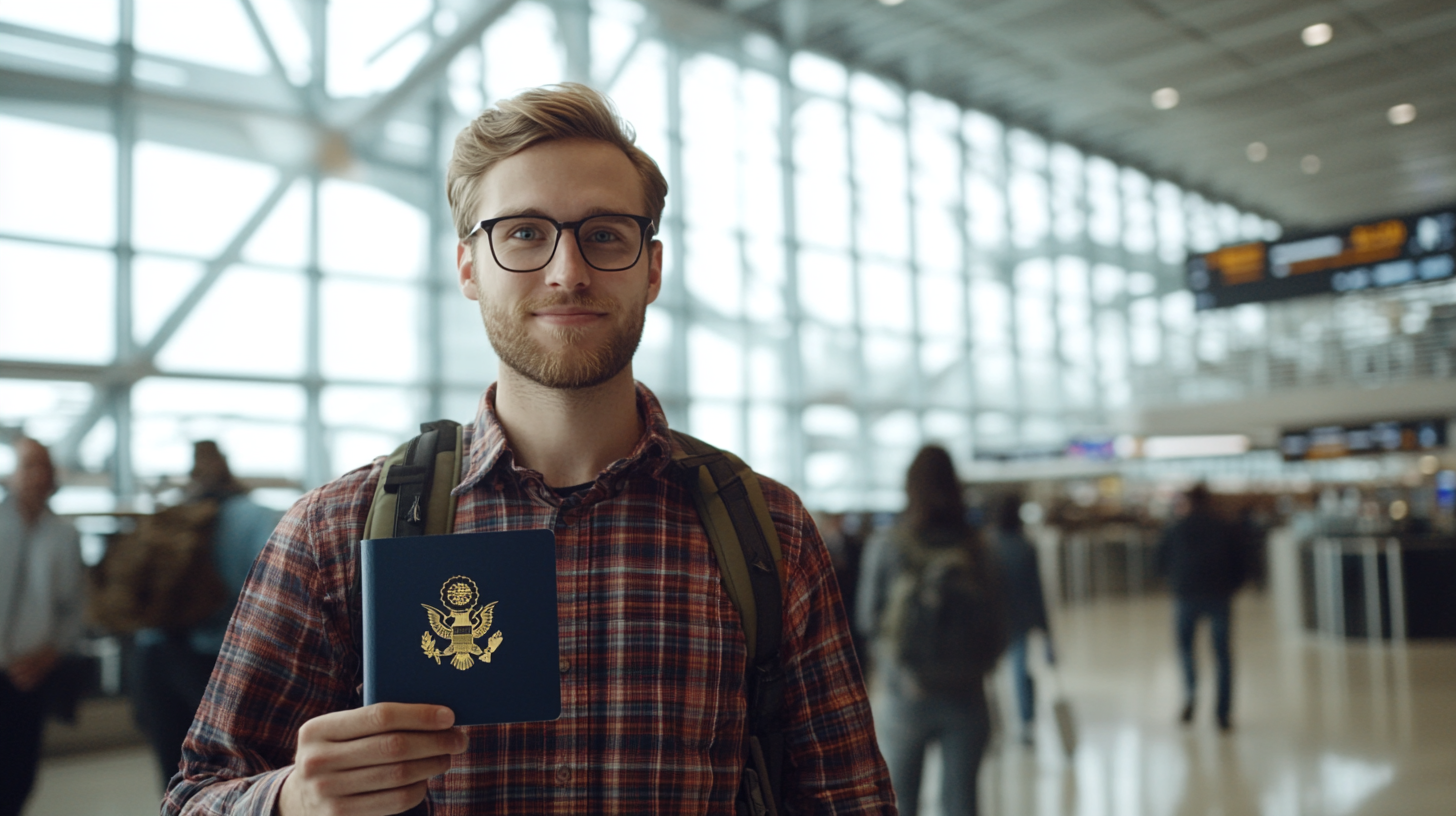
When flying, a valid passport book is non-negotiable—full stop. If you rely on alternative documents such as a passport card or an Enhanced Driver’s License, those work great for land or sea crossings, but they won’t help you board a plane. Make sure everyone in your group from the grandparents to the toddler has their own valid ID, and always check the expiration dates well in advance of your journey. If you can swing it, investing in a NEXUS card might be a game-changer for those who cross the border often.
Above all, it pays to do a little homework before zipping up your carry-on. Often, the difference between a stress-free border experience and a chaotic one is knowing the exceptions. Keep an eye on the official Canadian government website for any updates—policies can shift based on new regulations or unforeseen events. If you happen to need a quick extension or plan to stay beyond six months, be aware of the steps to secure a Visitor Record. The earlier you prep these details, the more time you’ll have for the fun stuff—like exploring local festivals or tasting fresh poutine.
Packing your passport is only half the journey—staying informed and prepared is the other half, and that’s what truly elevates your flight experience. Once that final check is done, go ahead and enjoy the scenic horizon. Adventure awaits, and Canada’s just a short hop away.
Final Thoughts

Travel isn’t just about ticking off destinations on a map; it’s about embracing the nuances of border crossings, discovering local cultures, and making the most of every mile. Having the right passport or alternative ID might feel like a small detail, but I’ve learned it sets the tone for the whole trip. Show up organized, and you’ll carry that same calm, confident energy throughout your adventure.
Even with the ease of electronic check-ins and streamlined security, it’s crucial to remember that every country has unique entry requirements. Taking the time to understand and respect those rules enriches the experience. Whether you’re chasing waterfalls in Ontario, savoring Montreal’s culinary scene, or exploring the maritime vistas of Nova Scotia, a little forethought ensures you won’t miss a single opportunity.
Barry B.’s Take
I’m always fascinated by the push and pull of modern border regulations—how a single booklet with a few stamps can open an entire world. Crossing into Canada feels like touring a familiar neighborhood with a slightly different accent and set of traditions. It’s a reminder that travel connects us, no matter how many official papers we carry.
As someone who loves to watch planes take off while juggling everything from self-check kiosks to passport cases, I believe preparedness is just another form of self-care for travelers. It spares you the anxiety and gives you room to enjoy the rare moments of wonder that flying can offer. Happy travels!
milesBUZZ is here to keep you in the loop, one beat at a time.

